The warm-up is fundamental before any activity in order to support the different constraints on the body related to the physical activity in question.
It consists in carrying out a proprioceptive awakening and in slowly raising the body temperature, as its name indicates the principle of the warm-up is to "heat" the whole body. We find the effects of the heating, by many reactions of the body, physiologically and psychologically.
It is a crucial factor in the smooth running of a training session.
There are two types of warming up:
- a global warming soliciting the whole organism,
- a specific warm-up approaching the physical activity in question.
Warm-ups called "global" generally take their place first, it is after the intervening warm-ups specific to the discipline.
A heated subject can provide more mechanical work, with less fatigue, less muscle and joint trauma, and greater accuracy than an unheated subject.
For an optimized warm-up, it will be wise to take into account a certain number of rules to respect.
The desired effects:
The muscles and tendons are, at rest, at the temperature of 35 °. They have a better yield when their internal temperature is between 38 °. The nervous system has an optimum functioning between 38 ° and 39 °.
It takes about 20 to 25 minutes for the internal temperature of the muscles to increase by 1 °; the temperature of the central core, meanwhile, increases more rapidly, it goes to 39 ° in 10 minutes.
=> Note that sweating is a sign of an increase in core temperature; however, just because you are sweating or hot does not mean that your muscles have the right temperature for exercise. Large muscle masses take longer to warm up, since they are located on the periphery.
THE EFFECTS OF PHYSIOLOGICAL HEATING
An elevation of the cardiovascular and respiratory system
Indeed, the heart and respiratory rates increase. We see an increase in heart rate (HR) at the beginning of exercise and an increase in stroke volume during physical exercise. The volume of ejection systolic corresponds to the volume of blood that the heart ejects with each contraction.
Exchanges at the level of the pulmonary cavity and the capillary network are increased, thus facilitating the supply of oxygen and energy substrates within the muscles. Therefore, at the end of this process, there is an increase in muscle perfusion.
In addition, it is shown an increase in the size of the blood vessels thus facilitating the flow of blood flow at the muscular level, this is what is called the phenomenon of "vasodilatation". This blood flow will be redistributed to the most active areas.
Excerpt from "Functional Musculation for All" Ed Amphora 2018
[box type = ”info” align = ”” class = ”” width = ””] Next training FIT InstructorPADEL® on March 30 and 31 at Casa Padel
Registration and request for contactfit financing filepadel@ gmail.com [/ box]
Claire Discours Codina is the Founder of FITPADEL which offers physical preparation dedicated to padel. Co-author of “Functional bodybuilding for all” Ed. Amphora 2018, Claire Discours Codina is one of the great specialists in physical preparation in the padel in France.



































































































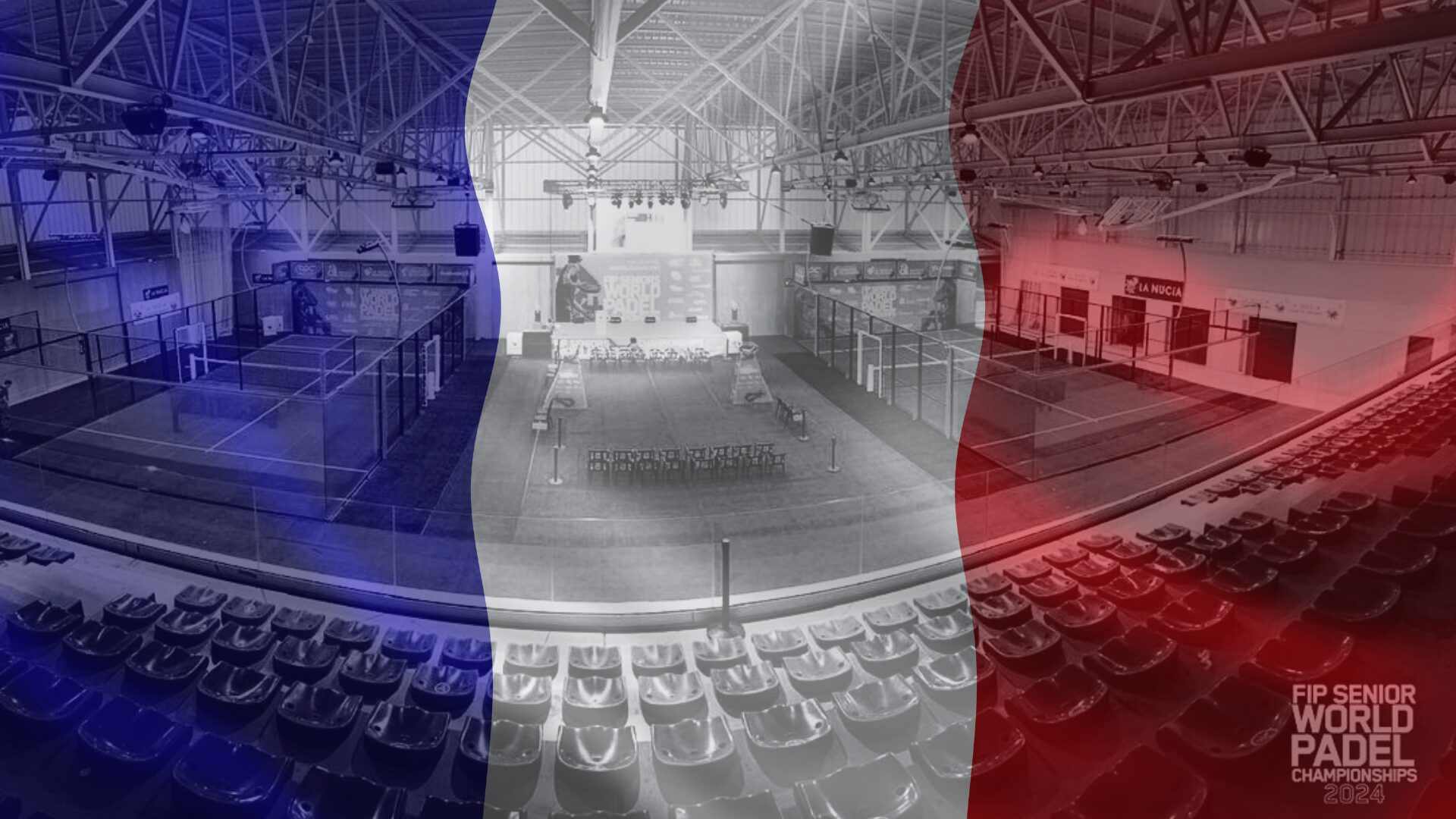 World Seniors Plus 2024 Open (M): four French pairs in the semi-finals, and the psychological advantage gained against the Italians!
World Seniors Plus 2024 Open (M): four French pairs in the semi-finals, and the psychological advantage gained against the Italians!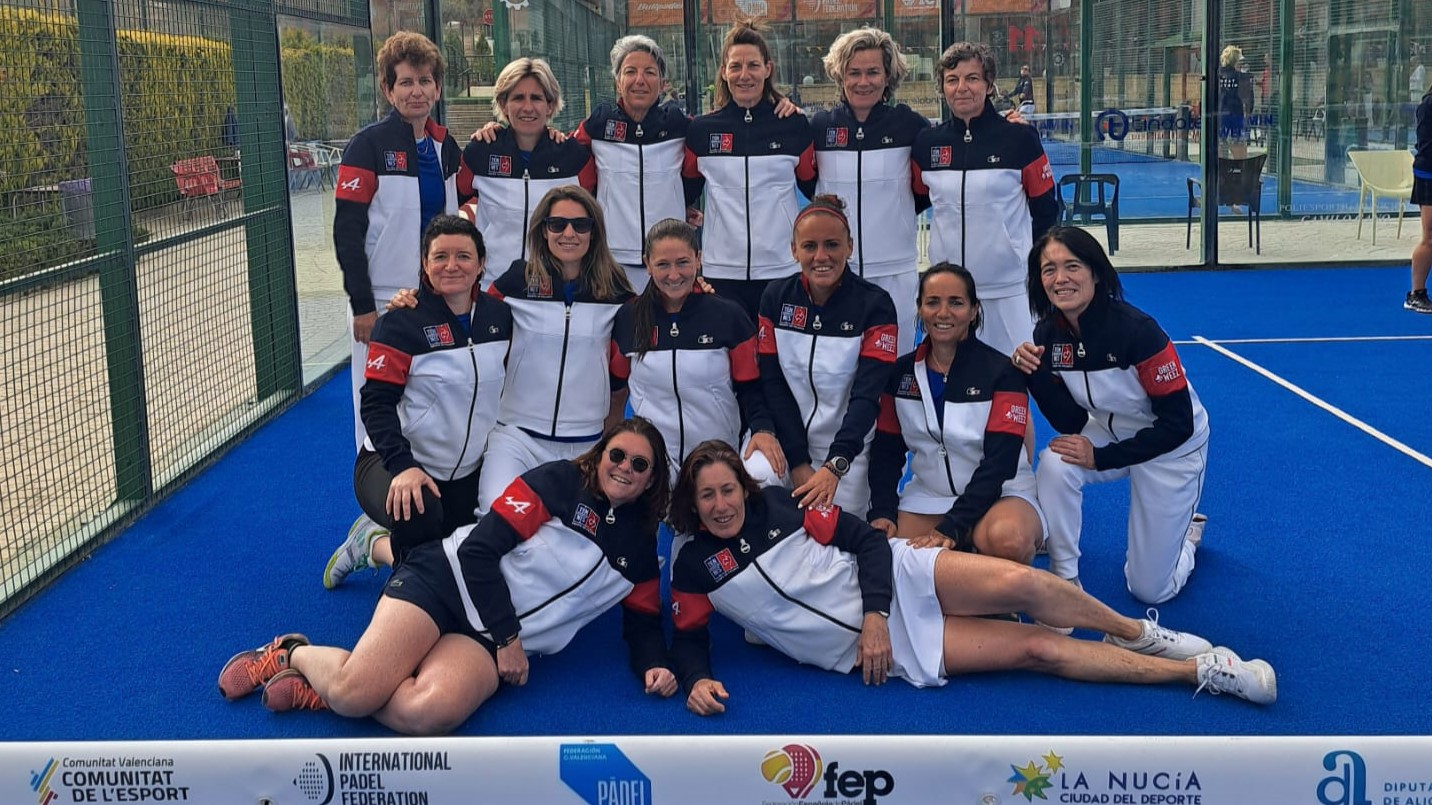 World Seniors Plus 2024 – The French women’s team in the final four!
World Seniors Plus 2024 – The French women’s team in the final four! How to effectively test a racket padel ?
How to effectively test a racket padel ?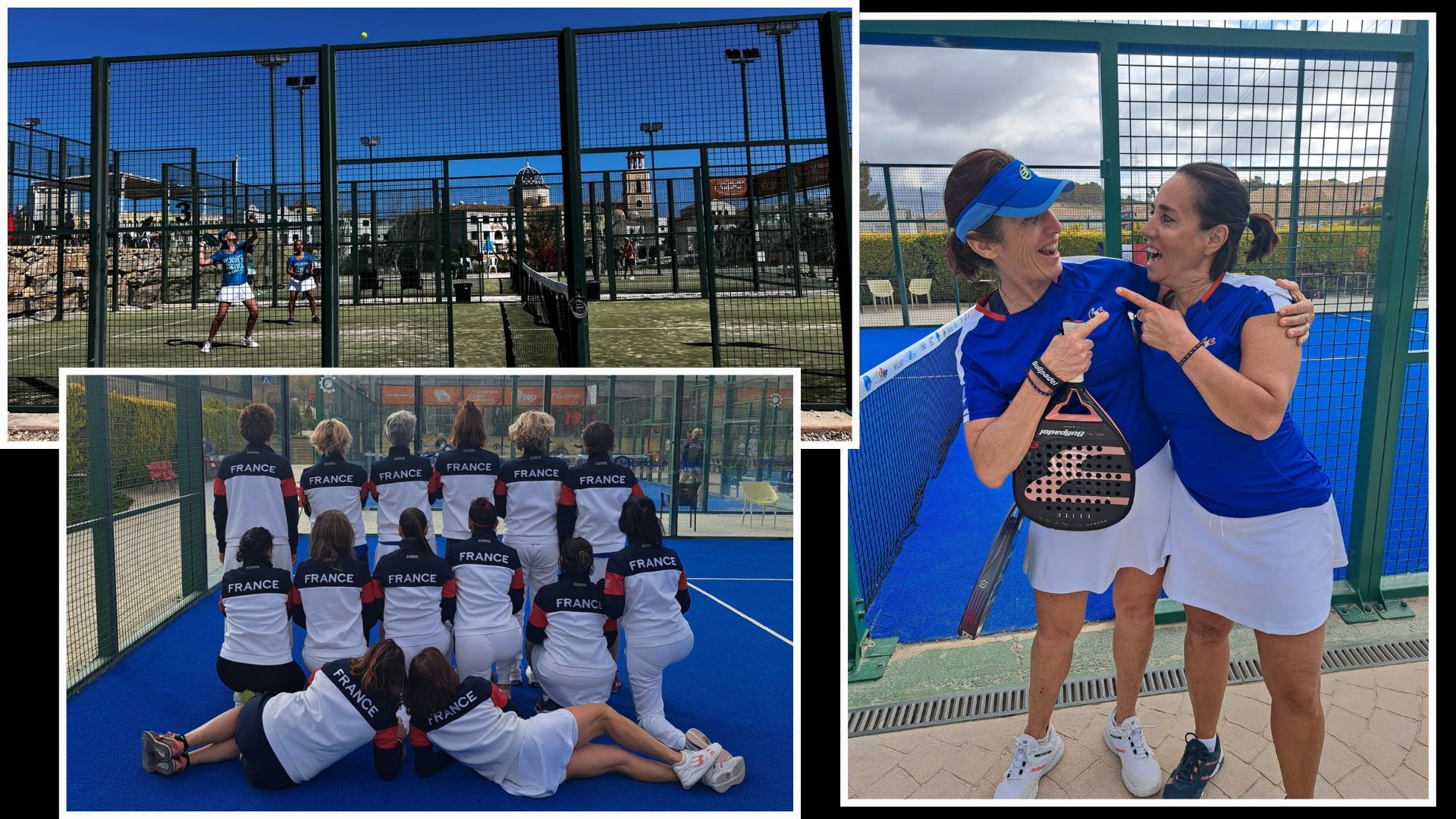 World Seniors Plus 2024 Open (F): heading to the quarter-finals for five French pairs!
World Seniors Plus 2024 Open (F): heading to the quarter-finals for five French pairs!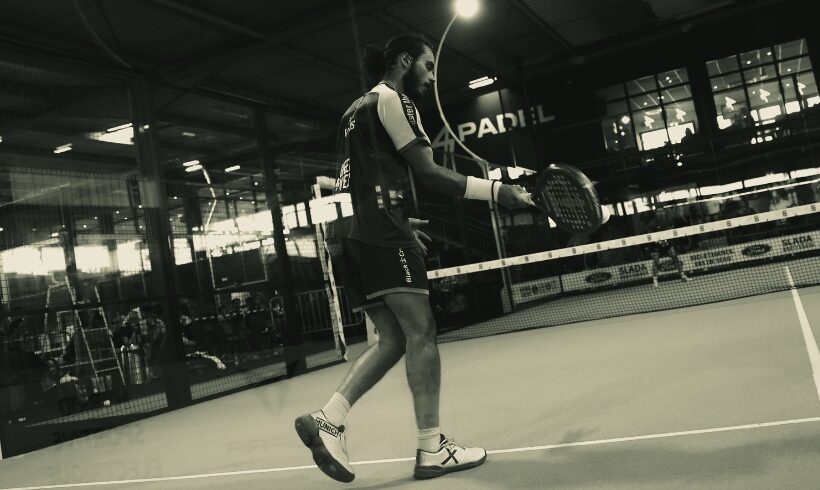 Manuel Vives: “It’s extremely difficult to get by financially”
Manuel Vives: “It’s extremely difficult to get by financially” And 4 for Frederick and Mehdy with network 4Padel !
And 4 for Frederick and Mehdy with network 4Padel !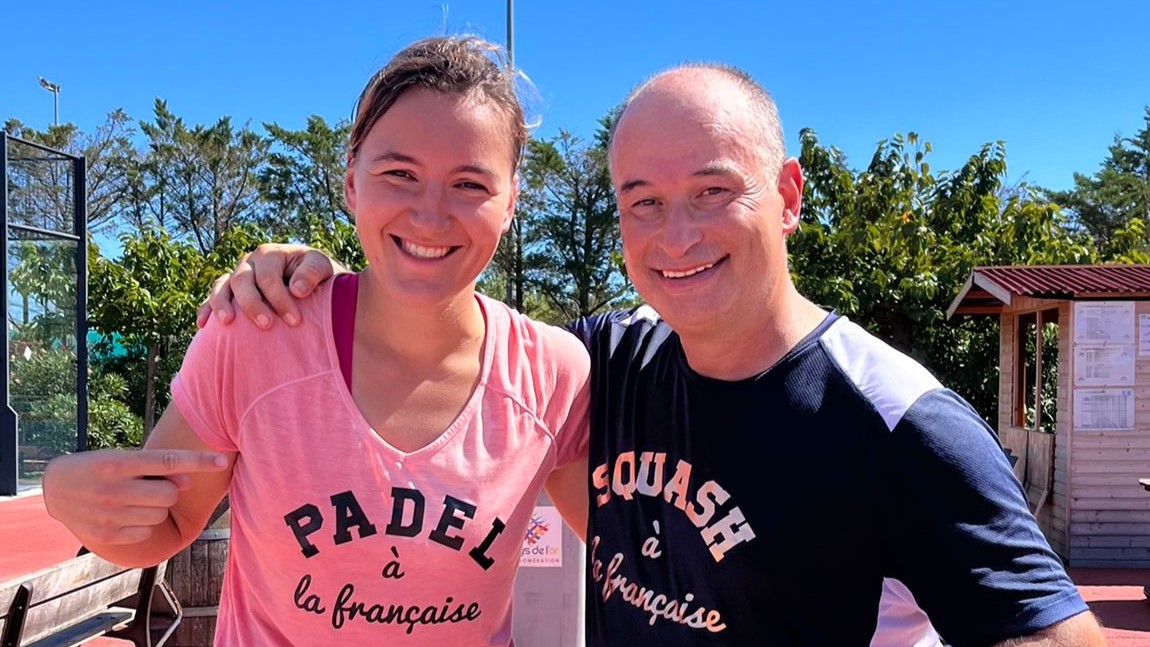 Benoît Letourneau (GM Squash & Padel): “Have a hundred young people in multi-snowshoes within three years”
Benoît Letourneau (GM Squash & Padel): “Have a hundred young people in multi-snowshoes within three years”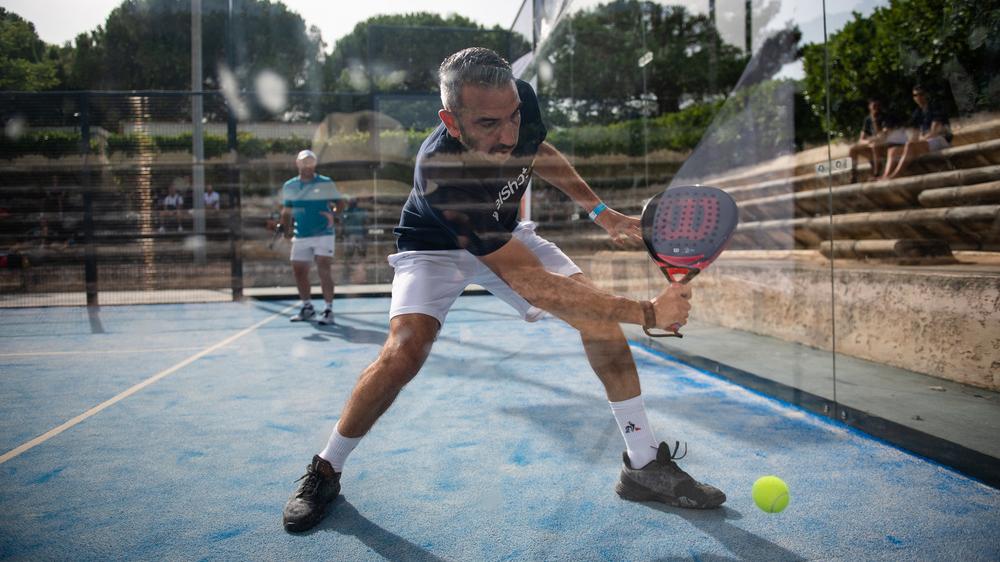 World Senior Plus – Simon Boissé: “Be in the first five places”
World Senior Plus – Simon Boissé: “Be in the first five places”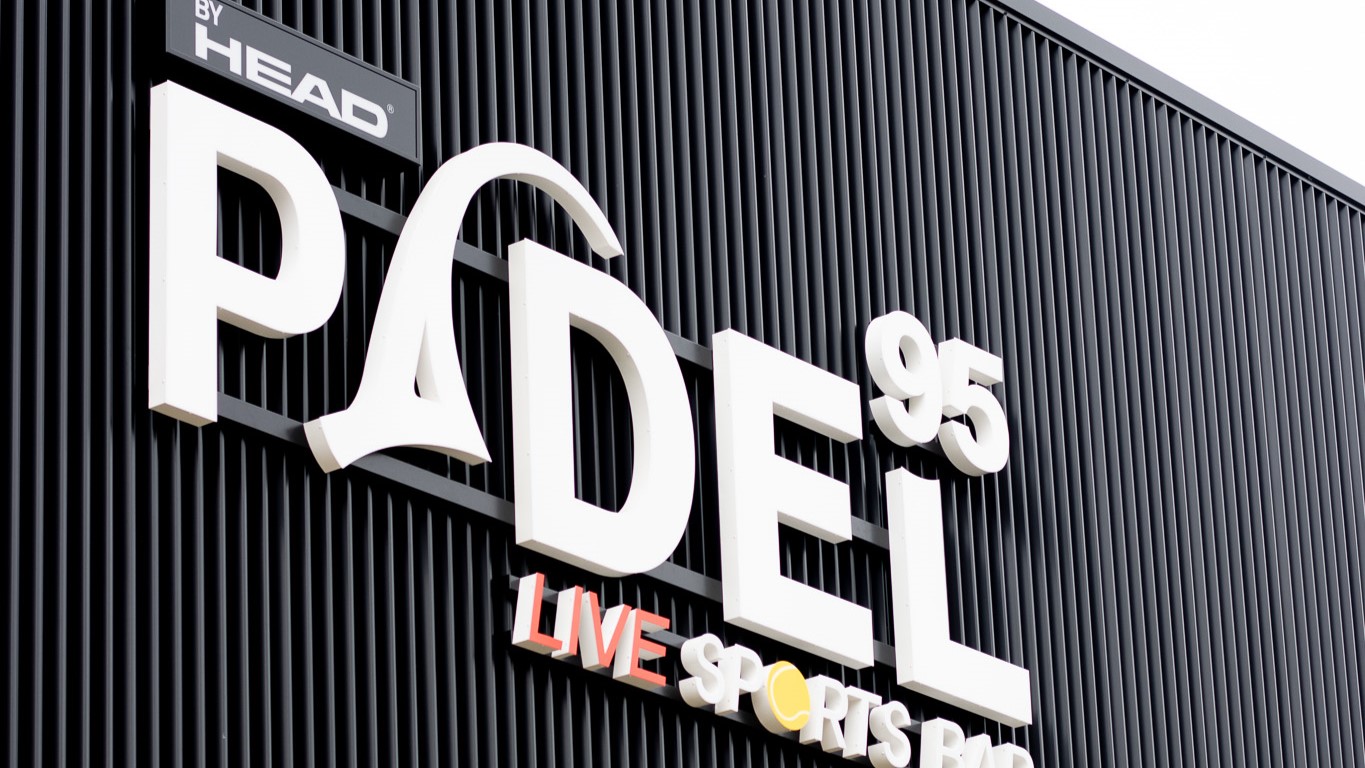 Padel 95: a brand new complex in Pontoise!
Padel 95: a brand new complex in Pontoise!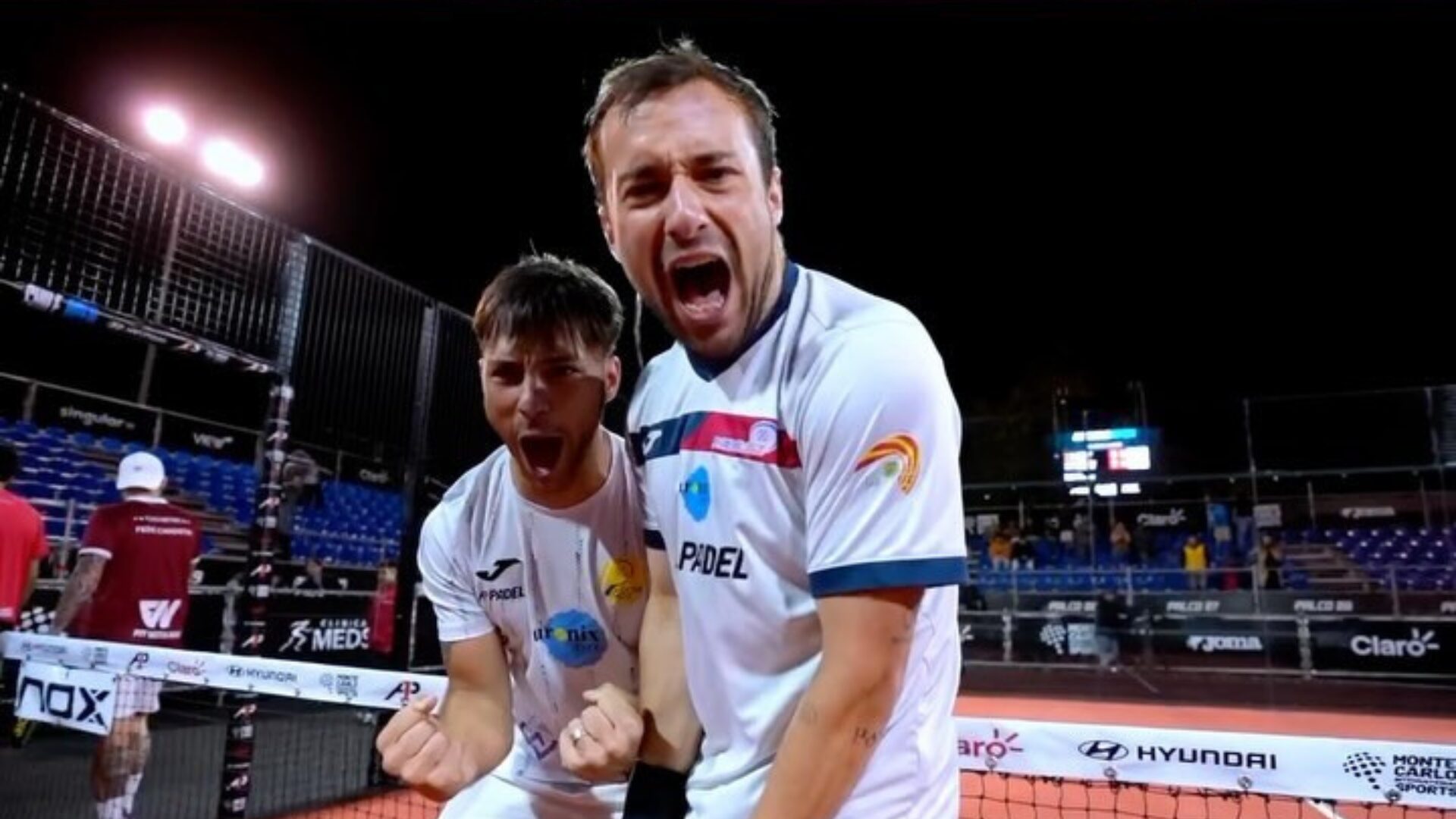 A1 Padel Chile Open – Chiostri and Sanchez eliminated, the eighths start strong!
A1 Padel Chile Open – Chiostri and Sanchez eliminated, the eighths start strong! Play at padel on his yacht? Possible for €233.000!
Play at padel on his yacht? Possible for €233.000!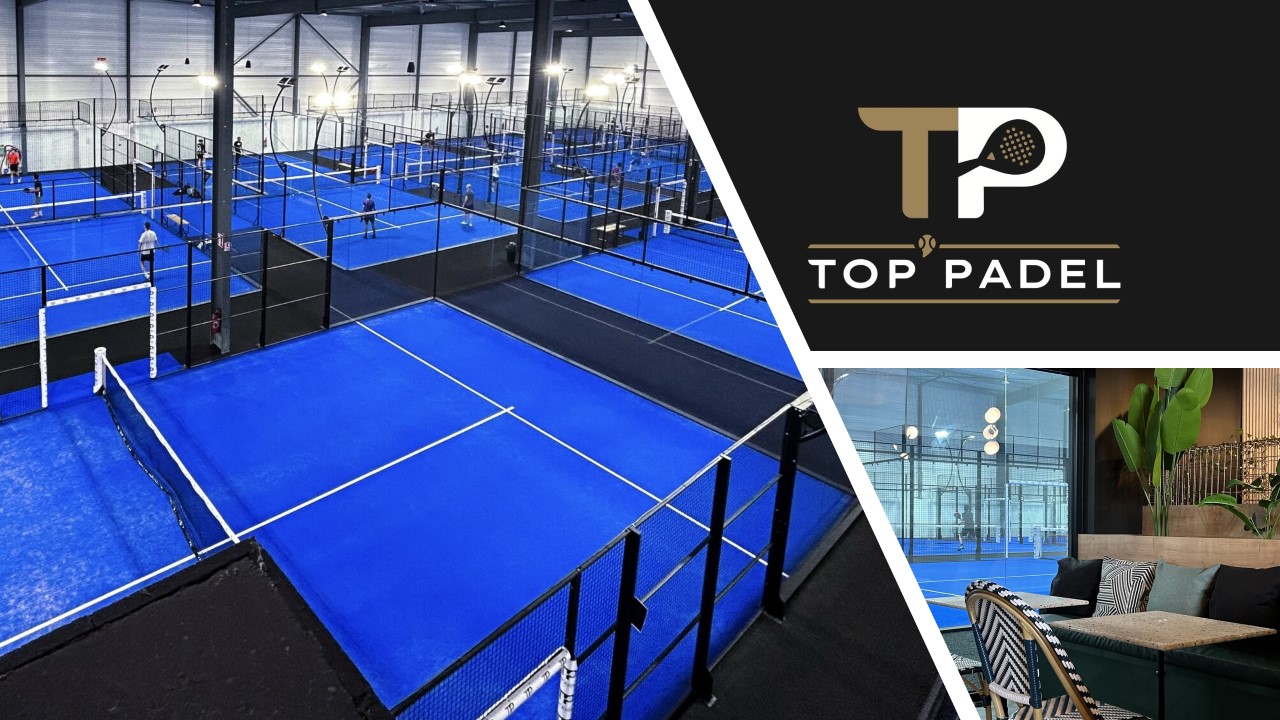 TOP Padel : “A premium club with 10 slopes in Toulouse”
TOP Padel : “A premium club with 10 slopes in Toulouse” The padel of the Barrière Country Club are born in La Baule
The padel of the Barrière Country Club are born in La Baule Why clubs padel do they close?
Why clubs padel do they close?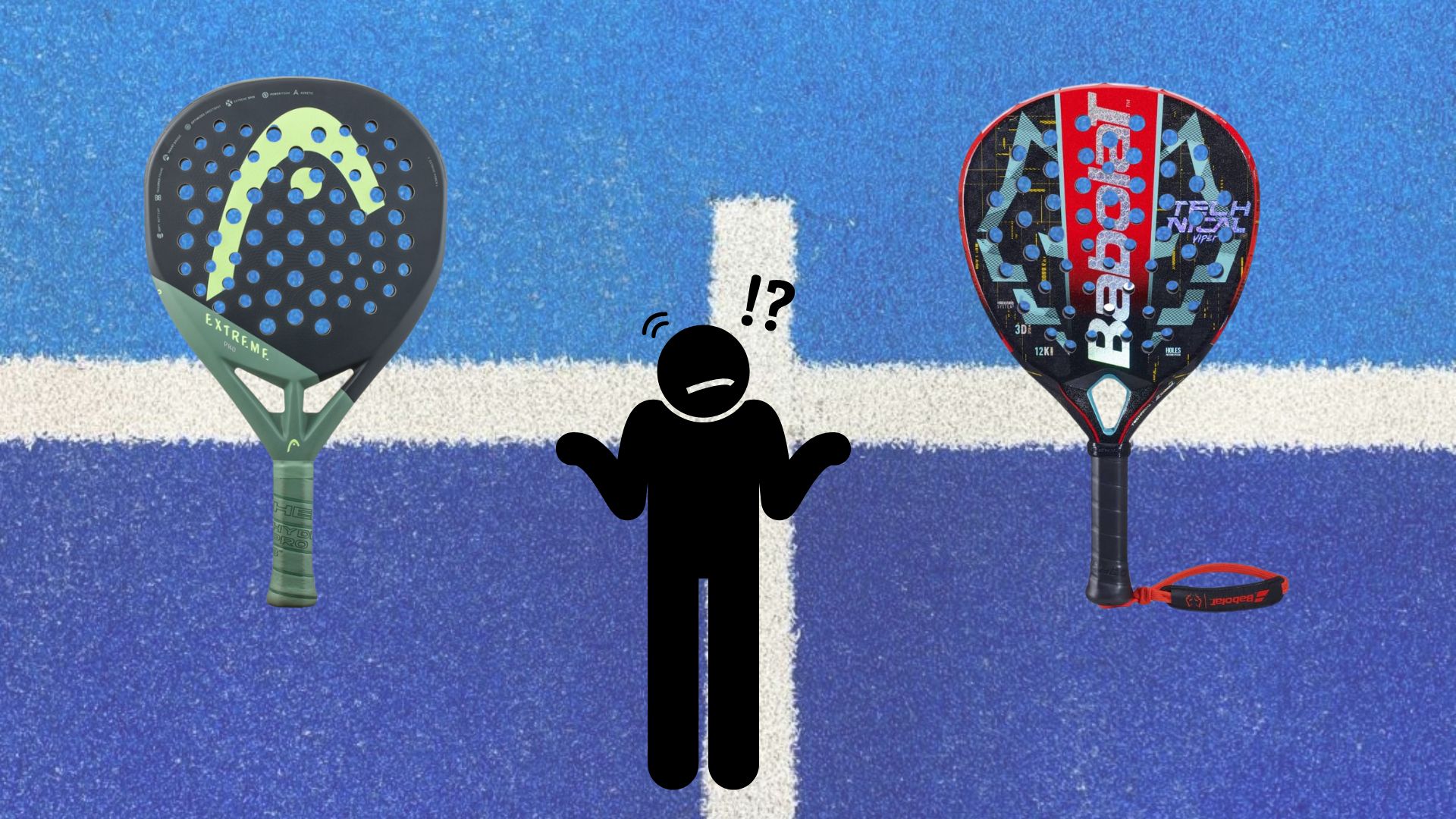 Which high-end racket to choose in 2024?
Which high-end racket to choose in 2024? At the heart of padel – Episode 24: Paul Daulan shares the evolution of his bandeja
At the heart of padel – Episode 24: Paul Daulan shares the evolution of his bandeja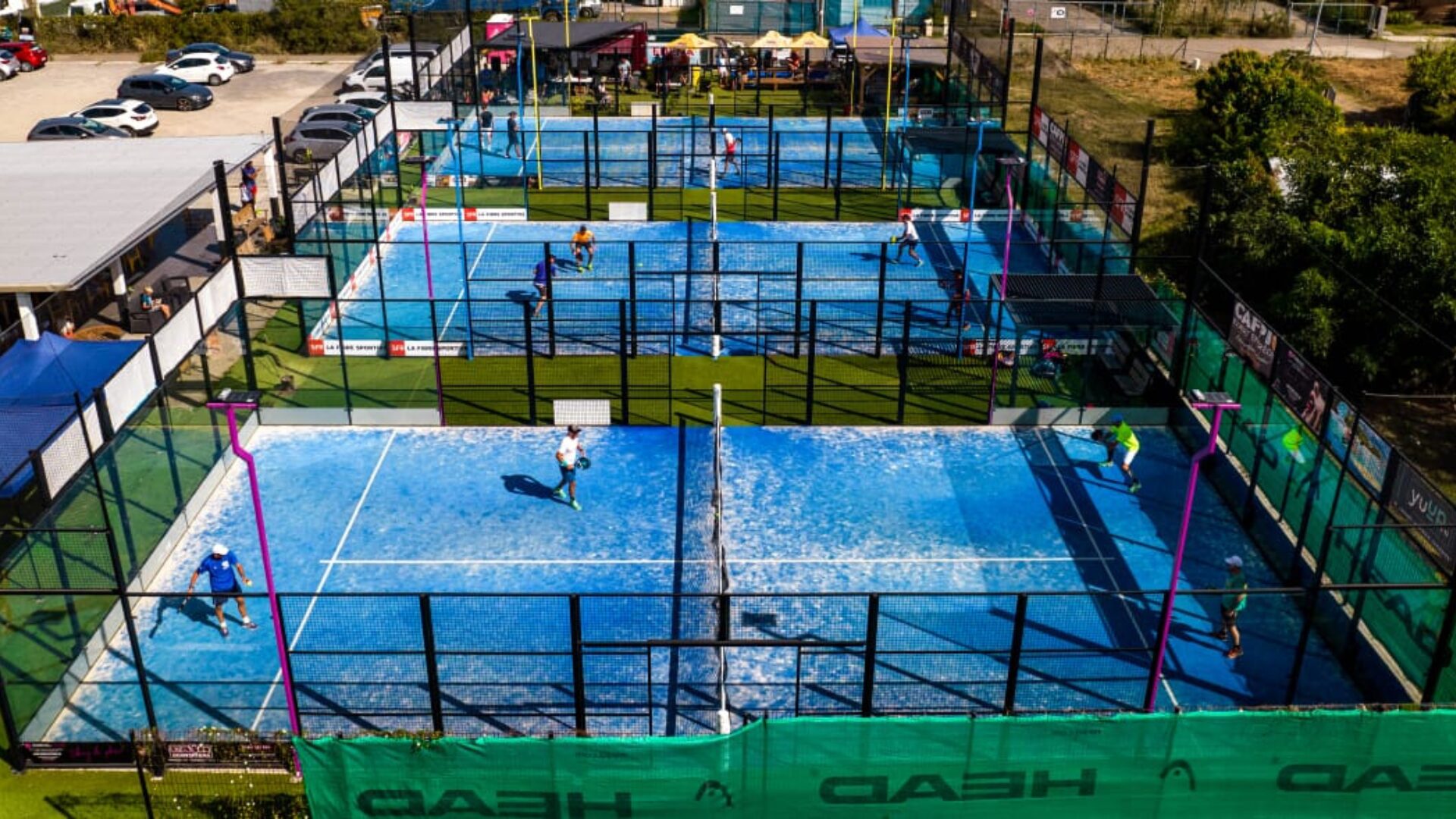 Why choose a track padel new?
Why choose a track padel new? At the heart of padel – Episode 23: defend the window well
At the heart of padel – Episode 23: defend the window well Prohibition on playing topless Padel : the reasons
Prohibition on playing topless Padel : the reasons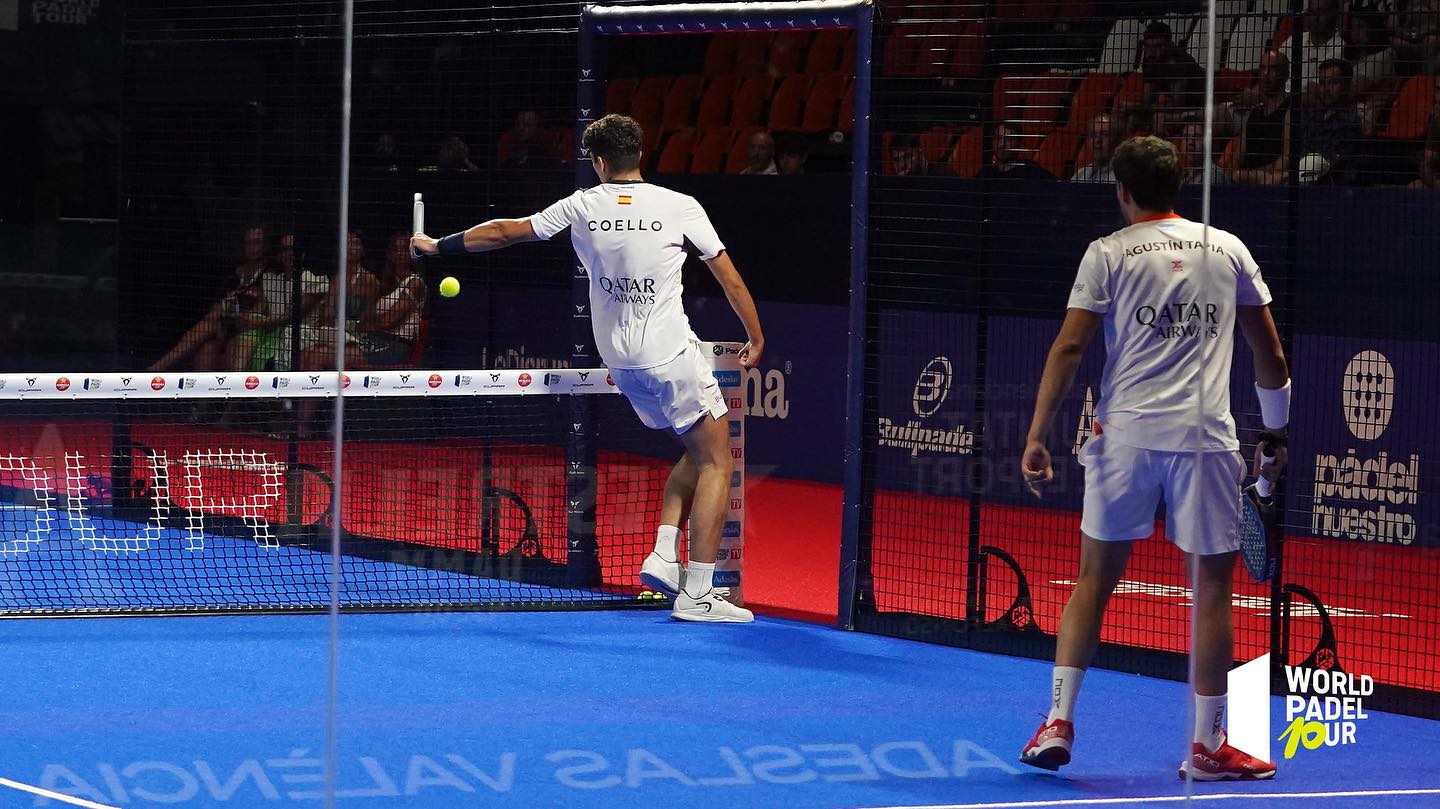 What is the difference between a dormilona, a dejada and a cushioned puerta?
What is the difference between a dormilona, a dejada and a cushioned puerta? FIP Tour – Going far from Europe, THE strategy to earn points!
FIP Tour – Going far from Europe, THE strategy to earn points! What is a good football player? padel ?
What is a good football player? padel ? “Lefties give me headaches when I play against them!”
“Lefties give me headaches when I play against them!” At the heart of padel – Episode 14: how to earn points in winter?
At the heart of padel – Episode 14: how to earn points in winter? Choose your racquet padel in 3 steps
Choose your racquet padel in 3 steps La padel to fight Parkinson's disease
La padel to fight Parkinson's disease Don't play with a cracked or broken racket, your body will thank you!
Don't play with a cracked or broken racket, your body will thank you! Michel Cymes: “The padel, physically, it’s serious!”
Michel Cymes: “The padel, physically, it’s serious!” Jeremy Gala: “Promote the padel among young people in Belgium remains a challenge”
Jeremy Gala: “Promote the padel among young people in Belgium remains a challenge” The French Touch Academy organizes its selection day Padel-Study
The French Touch Academy organizes its selection day Padel-Study Report on the detection and training of younger generations
Report on the detection and training of younger generations Player's adult courses from April 8 to 21, 2024!
Player's adult courses from April 8 to 21, 2024!